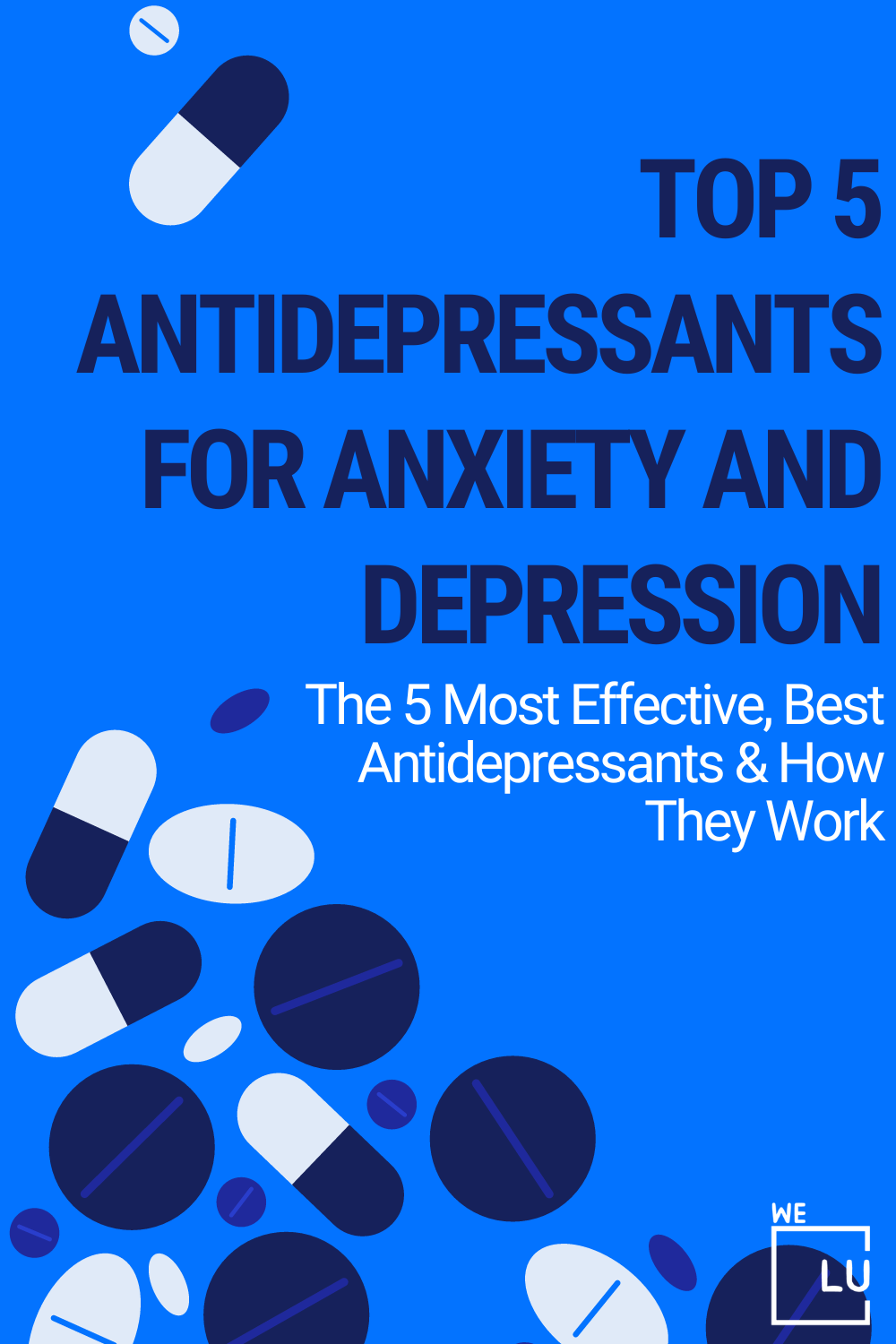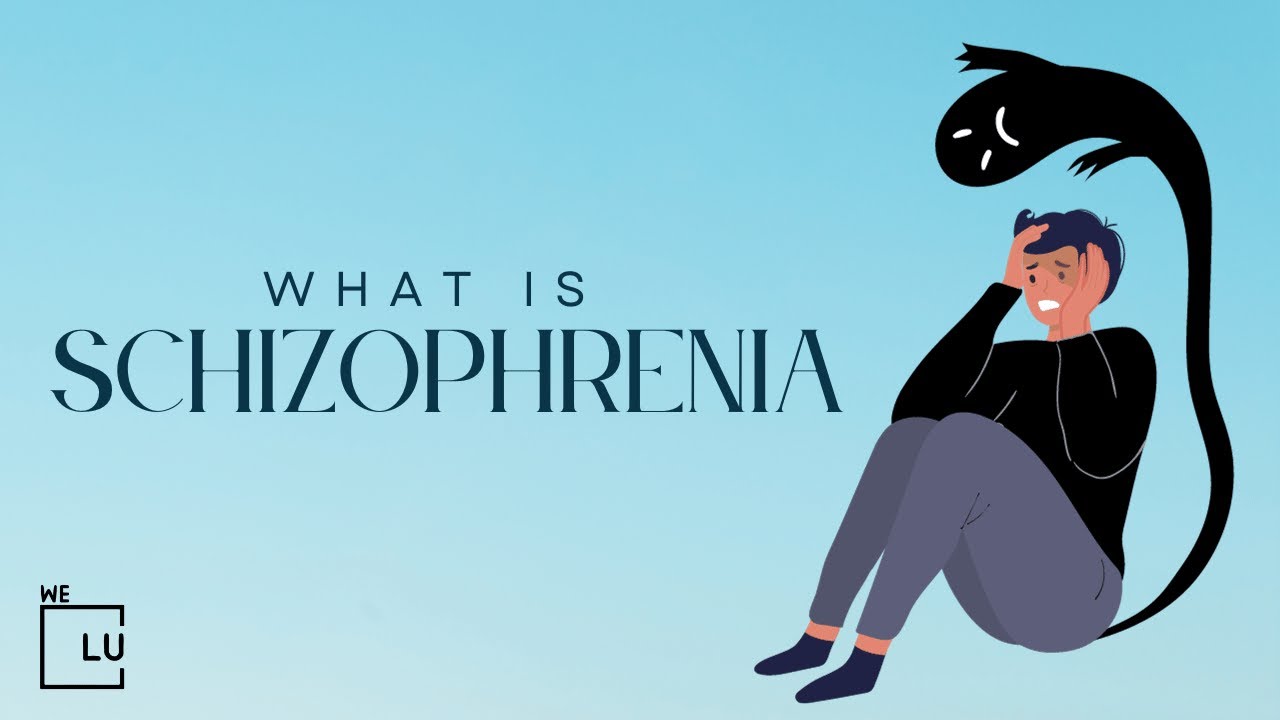Panic Attack Treatment Overview
In individuals with anxiety and mental illnesses, panic attacks are connected with increased symptom severity of multiple disorders, suicidal ideation, and decreased therapy response. Establishing an accurate panic disorder diagnosis requires understanding what defines panic attacks. It is critical to distinguish between symptoms experienced during or associated with an actual alarm event, such as a physical threat, and an actual panic attack.
Although panic attacks can be caused by the direct consequences of substance abuse, pharmaceutical side effects, or a general medical condition such as hyperthyroidism or vestibular dysfunction, they should not be the only cause. The fear and anxiety sensations that people with panic disorder experience emerge predominantly in a somatic rather than a cognitive manner.
What are Panic Attacks?
Panic attacks are the momentary surge of intense fear and anxiety that people feel sometime after exposure to a life-threatening event. This article will tackle the symptoms and causes of panic attacks and prevention tactics for individuals in social situations. Panic attack treatments can help most people control or even stop attacks.
Panic attacks are often the sudden onset of intense anxiety, fear, or discomfort lasting several minutes to hours. Thus, rapid heartbeats and increased production of the hormones cortisol and adrenaline defines panic attack. With panic attacks, it’s common for people to be unable to recall what they did before the attack. Furthermore, the episode may also include chest pain, shortness of breath, dizziness, or stomach distress.
People with epilepsy, other seizure disorders, and other neurological conditions can also have panic attacks. Sometimes, panic attacks may result from post-traumatic stress disorder (PTSD). Anyone can have a panic attack, and there isn’t a typical way of having one. You can have one while sleeping, in a car, at work, or at home. Likewise, it’s essential to know that the condition is not life-threatening. For one thing, there are many effective treatments available to get it under control. If you suspect someone else may be experiencing panic attacks, the first step is to get them to seek medical help as soon as possible.
10 Tips to Manage Panic Attacks
While we will explore the causes and treatment for panic attacks and disorders, there are things you can try to alleviate the symptoms of panic attacks. Here are ten simple and effective ways to of panic attack treatment at home without medications.
- Use deep breathing.
- Recognize that you have a panic attack.
- Close your eyes.
- Practice mindfulness.
- Find a focus object.
- Use muscle relaxation techniques.
- Picture your happy place.
- Engage in light exercise.
- Keep lavender on hand.
- Repeat a mantra internally.
Causes of Panic Attack
Factors that may contribute to panic attacks include the following:
- Genetics or family history.
- Major life stress. Such as the death or severe illness of a loved one.
- Temperament that is prone to negative emotions. For example, sexual assault or a severe accident.
- Alterations in the parts of your brain function.
- Excessive use of nicotine or caffeine.
- Drinking alcohol and panic attacks has a very close relationship.
- Drug use.
- Taking certain medicines. Such as those used to treat asthma and heart problems.
- History of childhood physical or sexual abuse.
Panic Attacks Symptoms
While there are different theories on why people have panic attacks, there’s insufficient conclusive evidence to support any one explanation. There are no tests for panic attacks, so we don’t know the cause of a panic attack. Moreover, there’s also some debate about whether clinical research should focus on what causes panic attacks or how to treat them.
- Symptoms of a panic attack include intense anxiety and physical feelings of fear, such as increased heart rate, shortness of breath, trembling, and muscle tension.
- Triggers for panic attacks can include over breathing, long periods of stress, and activities that lead to intense physical reactions, such as exercise and excessive coffee drinking. Also, material changes occur after an illness or a sudden environmental change.
- In other cases, symptoms common to panic attacks may also occur in some physical conditions. Some medications and drugs, such as tranquilizers, alcohol, and caffeine, may also induce panic-like symptoms.

Skip To:
Learn More:
- Effective Medication for Panic Attacks & Panic Disorder
- Panic Attack vs Anxiety Attack
- Grounding Techniques for Panic Attacks
- Anxiety Meditation: Does it Help?
- Inpatient Mental Health Treatment
- Mental Health Treatment
- Is PTSD a Disability?
- PTSD and Alcohol
- Psychiatric Disorders Treatment
- Complex Trauma Treatment
You may have a panic disorder if you:
- Experience frequent, unexpected panic attacks that do not involve a specific event.
- You are worrying a lot about having another panic attack.
- You are behaving and thinking differently because of the panic attacks, such as avoiding locations where you’ve previously panicked.
Panic attacks may lead to the following panic disorder symptoms:
- Anticipatory anxiety – This anxiety stems from a fear of having future panic attacks. Therefore, this “fear of fear” is often present and can be highly disabling.
- Phobic avoidance – This manifestation may be based on the belief that the situation you’re avoiding caused a previous panic attack. When it progresses and worsens, phobic avoidance becomes agoraphobia. Agoraphobia is a complication of panic attacks and panic disorder.
Panic Attack (Panic Disorder) Facts
Panic episodes are frequent and unpredictable in people with panic disorder. These attacks are distinguished by a rapid surge of panic or discomfort and a sensation of loss of control, even when there is no apparent danger or trigger. Not everyone who has a panic episode develops panic disorder.
Panic attacks frequently entail physical symptoms like a heart attack, shaking, tingling, or a high heart rate. Anxiety episodes can happen at any time. Many persons with panic disorder are concerned about having another attack and may make considerable changes to prevent another outbreak. Panic attacks can happen as frequently as several times per day or as infrequently as a few times per year.
What Causes Panic Disorder?
Panic disorder can run in families, but no one understands why some family members have it, and others do not. Researchers discovered that some areas of the brain and biological processes might play an important role in fear and anxiety. Some experts believe panic episodes are similar to “false alarms,” in which our bodies’ natural survival instincts are activated too frequently, too powerfully, or a mix of the two.
For example, someone with panic disorder may feel their heart thumping and mistake it for a heart attack. This can create a vicious cycle, causing a person to have panic episodes apparently out of nowhere, which is the hallmark of panic disorder. Researchers are investigating how panic disorder patients’ brains and bodies interact to develop more tailored therapies. Furthermore, experts are investigating the effect of stress and environmental variables on the illness.
What is the Epidemiology of Panic Disorder?
Social anxiety disorder, posttraumatic stress disorder, and generalized anxiety disorder have a higher lifetime prevalence than a panic disorder. Significantly, panic disorder patients have much higher lifetime cardiovascular, pulmonary, gastrointestinal, and other medical disease rates than the general population. Panic disorder is more common in European Americans than Black Americans, Asian Americans, or Hispanics. Females are more vulnerable than males. Panic disorder is most common throughout adolescence and early adulthood.
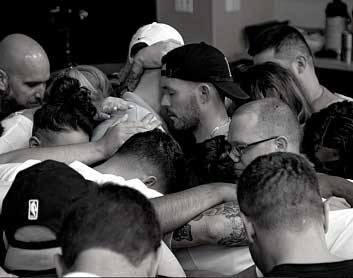
End the Emotional Pain. Get Your Life Back.
Feeling Depressed, Anxious or Struggling with Mental Health Illness? Get Safe Comfortable Mental Health Dual Diagnosis High-Quality Therapy From Counselors That Care. Begin Your Recovery Now.
Hotline (855) 940-6125Panic Disorder Statistics
Panic Disorder is an anxiety condition characterized by sudden and recurring bouts of great fear, which may be accompanied by physical symptoms such as chest discomfort, heart palpitations, shortness of breath, dizziness, or gastrointestinal problems. These incidents happen “out of nowhere” without any recognized anxiety or stressor.
2.7%
An estimated 2.7 percent of US adult citizens had a panic disorder in the past year.
Source: National Institute on Mental Health
3.8%
Past year prevalence of panic disorder among adults was higher for women (3.8 percent) than for men (1.6 percent).
Source: National Institute on Mental Health
4.7%
Roughly 4.7 percent of US adults experience panic disorder at some time.
Source: National Institute of Mental Health
Get Help. Get Better. Get Your Life Back.
Searching for Accredited Dual Diagnosis Mental Health Centers Near You?
Even if therapy failed previously, or are in the middle of a difficult crisis, we stand ready to support you. Our trusted behavioral health specialists will not give up on you. When you feel ready or just want someone to speak to about counseling alternatives to change your life call us. Even if we cannot assist you, we will lead you to wherever you can get support. There is no obligation. Call our hotline today.
FREE 24/7 Dual Diagnosis Mental Health Services Hotline
Preventing Panic Attacks
The initial step is to determine what is going on. The symptoms of a panic attack, such as a racing heart, sweating, shortness of breath, and feelings of terror or dread, are similar to those of a heart attack or other disorders. Hence, if you have an episode or suspect you have one, see your doctor (or an emergency department, if necessary) to rule out other reasons and make sure it doesn’t lead to additional issues, such as developing a dread of leaving the house or causing difficulties at work. Experts do not fully comprehend why panic episodes occur. However, they are aware that the following factors render persons vulnerable:
- Family history.
- Stressful occurrences, such as the loss of a loved one.
- Substance abuse.
- Issues with the nervous system or the brain.
- Additional psychiatric issues.
Top 3 How To Prevent Panic Attacks at Night? FAQs
-
What are nocturnal panic attacks?
Nighttime (nocturnal) panic attacks can happen with no obvious trigger and awaken you from sleep. The person may struggle to breathe, have a racing heart, and sweat profusely. Individuals with panic attacks or disorders are likelier to have nocturnal panic attacks. Nocturnal panic attacks typically last only a few minutes. However, it may take a while to calm down and go back to sleep after the person has one. Individuals with nocturnal panic attacks also tend to have panic attacks during the day.
-
What causes nocturnal panic attacks?
Experts don’t know why some individuals experience panic attacks. Something affects how the brain and nervous system perceive anxiety and fear. Most panic attacks happen during the day, usually when a non-threatening situation triggers a panic response. Similarly, nocturnal or nighttime panic attacks don’t have a basis. It’s not known what causes panic attacks. Sometimes, an underlying condition, such as a sleep disorder or thyroid problem, can cause panic-like signs and symptoms.
-
What are the panic attacks at night treatment options?
How to prevent panic attacks? Nocturnal panic attacks treatment may start with your healthcare provider asking for tests to rule out health problems like thyroid disease and heart disease that cause symptoms similar to panic attacks. If they don’t find a physical cause, your healthcare provider may diagnose nocturnal panic attacks based on symptoms and risk factors. Treatment for panic attacks at night may include cognitive behavioral therapy (CBT), a treatment therapy, medications, or both. Treatment of panic attacks can help prevent and reduce their intensity when they happen.
First-class Facilities & Amenities
World-class High-Quality Mental Health Services & Behavioral Health Substance Abuse Treatment
Rehab Centers TourRenowned Mental Health Centers. Serene Private Facilities. Inpatient Rehab Programs Vary.
Mental Health Helpline (855) 940-6125Proven recovery success experience, backed by a Team w/ History of:
15+
Years of Unified Experience
100s
5-Star Reviews Across Our Centers
10K
Recovery Successes
- Comprehensive Dual-Diagnosis Treatment
- Complimentary Family & Alumni Programs
- Coaching, Recovery & Development Events
- Comfortable Onsite Medical Detox Center
Panic Attack Natural Treatment
How to prevent a panic attack? Consulting a professional for severe panic attack treatment is never a bad idea. Proven techniques can help reduce the frequency and severity of your panic attacks. Even some of the panic attack treatments at home listed above work better when you can be observed by someone who can help if your anxiety becomes too overwhelming.
Likewise, it would help to always visit your doctor before starting any panic attack treatment at home. Physical reasons for panic attacks are uncommon, but unless you consult a doctor, you’ll always have the nagging suspicion that your panic episodes are caused by something else – a health condition. Visiting a doctor alleviates some of this stress. Nonetheless, many people continue to convince themselves that the doctor is missing something, so don’t anticipate seeing a doctor to lessen all of your worries.
Anxiety and Panic Attacks Treatment
The most effective form of professional treatment for panic attacks, panic disorder, and agoraphobia is therapy. To simplify, treatments for panic attacks can help most people control or even stop seizures. Your treatment will depend on your symptoms. But symptoms can come back, especially if you stop treatments for panic attacks too soon. Panic attack prevention and treatment for panic attacks and panic disorder include psychotherapy. Medicines may also help.


- Psychotherapy
- A type of psychotherapy (panic attack treatment therapy) called cognitive-behavioral therapy (CBT) is valid. CBT focuses on thinking patterns and behaviors. For instance, if you experience a panic attack while driving, what is the worst thing that would happen? You might have to pull over to the side of the road so you do not crash your car or have a heart attack. Once you learn that nothing genuinely disastrous will happen, the experience of panic becomes less terrifying.
- Medication
- Pharmaceuticals are a temporary solution to control some panic disorder symptoms. However, it doesn’t treat or resolve the problem. It can be helpful in severe cases. But it should not be the only treatment for panic attacks. Panic attack treatment medication is most effective when combined with other treatments, such as therapy and lifestyle changes that address the underlying causes of panic disorder. Examples of medications used:
- Antidepressants. It may take several weeks before it takes effect. Therefore, it must be taken continuously, not just during a panic attack.
- Benzodiazepines. Anti-anxiety drugs that act within 30 minutes to an hour. However, benzodiazepines are highly addictive and have severe withdrawal symptoms. So they should be used with caution.
- Pharmaceuticals are a temporary solution to control some panic disorder symptoms. However, it doesn’t treat or resolve the problem. It can be helpful in severe cases. But it should not be the only treatment for panic attacks. Panic attack treatment medication is most effective when combined with other treatments, such as therapy and lifestyle changes that address the underlying causes of panic disorder. Examples of medications used:
A co-occurring panic attack disorder can occur when a secondary condition or other mental illnesses contribute and become part of the entirety of a mental illness requiring treatment. For this more complex panic attack treatment, an experienced team treating multiple diagnoses can be valuable in achieving recovery success.
World-class, Accredited, 5-Star Reviewed, Effective Mental Health Dual Diagnosis Programs. Complete Integrated Inpatient Rehab with Free Post Discharge Therapy Planning.
CALL (855) 940-6125End the Emotional Pain Rollercoaster. Gain Stability & Happiness Through Recovery Treatment. Start Mental Health Counseling Today. Get Free No-obligation Guidance by Behaviroal Health Specialists Who Understand Mental Health Recovery.
Finding Panic Attack Treatments at We Level Up Florida Mental Health Center
Professional intensive panic attack treatments can be life-changing if you or your loved one suffers from constant and unexpected panic attacks. Contact us today at We Level Up FL mental health center to learn about advanced panic attack treatment options and integrated mental health therapy programs. We provide the utmost care with doctors and medical staff available 24/7 for life-changing and lasting recovery. We provide an enhanced opportunity to return to a fulfilling and productive life.
Learn About Anxiety Disorder Facts & Anxiety Treatment Programs That Can Help You Video
Anxiety disorders are prevalent mental health conditions. According to the NIMH (National Institute of Mental Health), 31.1% of Americans have suffered from some anxiety disorder. Everyone experiences anxiety because it is one of the body’s natural responses to stress, but people with anxiety disorders frequently have intense, excessive, and persistent worries about everyday situations. These sensations of anxiety and panic interfere with daily activities and are difficult to control. They are also out of proportion to the actual degree of danger and last long after exposure to the trigger.
In many cases, these symptoms lead people to avoid situations or people that might trigger anxiety. Symptoms may start during childhood or the teen years and continue into adulthood. Fear activates the stress response, also known as the fight or flight response. This survival reaction immediately stimulates the body into emergency action, putting stress on the body.
Experience Transformative Recovery at the We Level Up Treatment Center.
See our authentic success stories. Get inspired. Get the help you deserve.
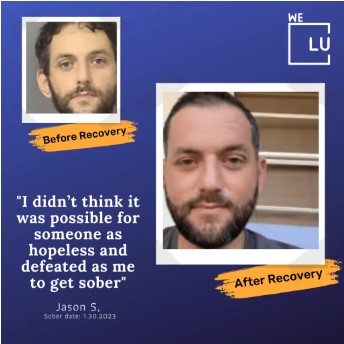
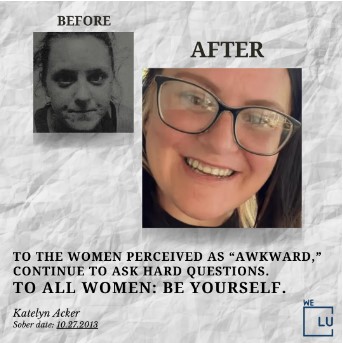
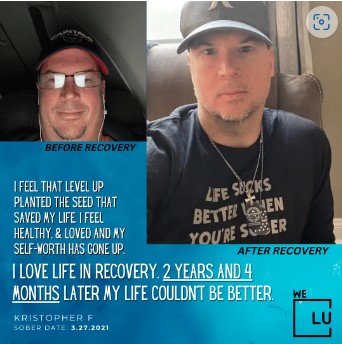
Start a New Life
Begin with a free call to a behavioral health treatment advisor. Learn more about our dual-diagnosis programs. The We Level Up treatment center network delivers recovery programs that vary by each treatment facility. Call to learn more.
- Personalized Care
- Caring Accountable Staff
- Comfortable Amenities
- Licensed & Accredited
- Renowned w/ 5-Star Reviews
We’ll Call You
Search We Level Up FL Panic Attack Treatment Topics & Resources
Sources
[1] National Center for Biotechnology Information – https://pubmed.ncbi.nlm.nih.gov/10574314/
[2] Panic Disorder – National Institute of Mental Health NIMH
[3] Grounding Techniques – Substance Abuse and Mental Health Service Administration SAMHSA Learn More About Panic Attack Treatment
[4] VA Healthcare Panic Attacks – https://www.mirecc.va.gov/cih-visn2/documents/patient_education_handouts/panic_attacks_version_3.pdf Learn More About Panic Attack Treatment
[5] Chand SP, Marwaha R. Anxiety. [Updated 2022 May 8]. In: StatPearls [Internet]. Treasure Island (FL): StatPearls Publishing; 2022 Jan-. Available from: https://www.ncbi.nlm.nih.gov/books/NBK470361/
[6] Kim YK. Panic Disorder: Current Research and Management Approaches. Psychiatry Investig. 2019 Jan;16(1):1-3. DOI: 10.30773/pi.2019.01.08. Epub 2019 Jan 25. PMID: 30696237; PMCID: PMC6354045.
[7] Munir S, Takov V. Generalized Anxiety Disorder. [Updated 2022 Jan 9]. In: StatPearls [Internet]. Treasure Island (FL): StatPearls Publishing; 2022 Jan-. Available from: https://www.ncbi.nlm.nih.gov/books/NBK441870/
[8] Bandelow B, Michaelis S, Wedekind D. Treatment of anxiety disorders. Dialogues Clin Neurosci. 2017 Jun;19(2):93-107. DOI: 10.31887/DCNS.2017.19.2/bbandelow. PMID: 28867934; PMCID: Panic Attack During Dental Treatment.
[9] Olabi B, Hall J. Borderline personality disorder: current drug treatments and prospects. Ther Adv Chronic Dis. 2010 Mar;1(2):59-66. DOI: 10.1177/2040622310368455. PMID: 23251729; GERD and Anxiety/Panic Attacks Treatment: PMC3513859.
[10] About Mental Health – CDC/Centers for Disease Control and Prevention
